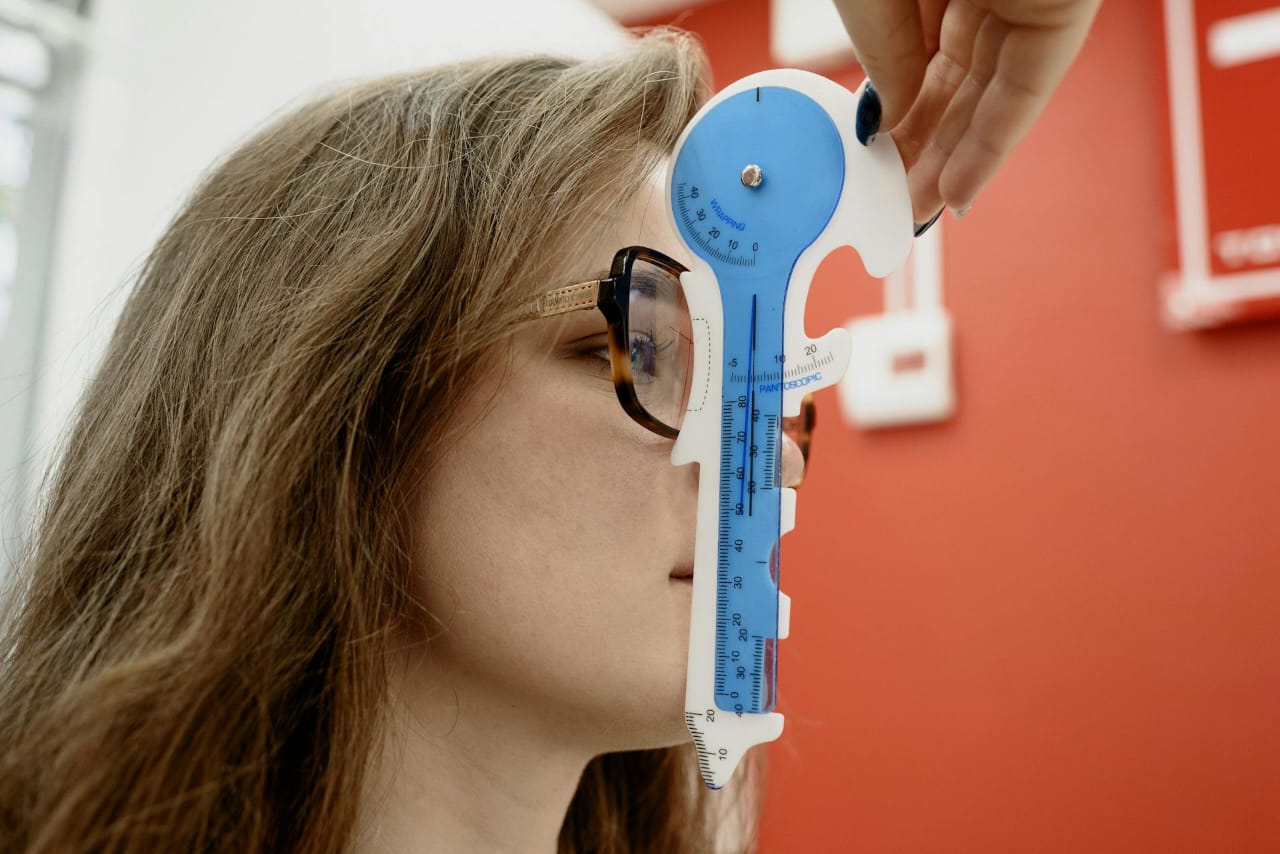10 Proven Ways to Prevent Tired Eyes and Boost Workday Comfort
In today’s digital age, a significant portion of the population spends the majority of their waking hours facing screens. From the glare of computer monitors to the tiny font on smartphones, our eyes are constantly being put to the test. This digital work comes with a cost, quite literally in how it strains our eyes leading to symptoms such as eye fatigue, dryness, and discomfort. Tired eyes might seem like a minor nuisance, but they can significantly impact our productivity and overall well-being.
Today we’re exploring 10 concrete strategies you can start incorporating into your daily routine to combat eye fatigue, prevent discomfort, and ensure your workday remains as clear and comfortable as possible.
1. Visual Ergonomics – Setting Up for Visual Comfort
Visual ergonomics is not just a fancy phrase; it’s a layout. In practical terms, it means positioning your monitor about an arm’s length away, with the screen top roughly at eye level so that you are looking slightly down at your work. This setup minimizes the need to refocus and the strain placed on your eyes. Also, ensure good posture to maintain a comfortable distance from the screen and use a chair with proper lumbar support.
The Role of Lighting

Appropriate lighting is as crucial as your screen distance. Natural light is best, reducing the difference in brightness between the screen and your environment. Position your workstation perpendicular to windows to avoid glare. If natural light isn’t an option, use diffused artificial lighting to avoid harsh reflections.
2. Eye-Friendly Display Settings
Increase font size and contrast on your devices; this can often be found in the accessibility settings. The ‘night mode’ setting, available on many devices, filters blue light, which can disrupt your sleep patterns. Adjusting the display to be warm-toned in the evenings can also be an effective way to reduce eye strain.
3. Follow the 20-20-20 Rule
For every 20 minutes of screen time, take a 20-second break and look at something 20 feet away. This simple practice gives your eyes a chance to relax and stretch the long-working muscles. It’s an exercise without leaving your desk, and it makes a noticeable difference over the course of the day.
4. Strategic Blinking
Blinking is a natural way of keeping your eyes moist and preventing dryness. However, when we’re absorbed in our work, we tend to blink less. Develop a new habit of blinking more frequently, especially during screen-intensive tasks. You can even set a reminder on your phone or computer if you find yourself forgetting.
5. The Power of Corrective Lenses
Not all corrective lenses are created equal. If you stare at a computer all day, talk to your eye specialist about getting computer glasses or blue light-blocking coatings for your existing pair. These can reduce glare, increase contrast, and minimize the strain on your eyes, providing a significant comfort enhancement.
6. Digital Detoxing – Reducing Digital Overload
Consider implementing specific ‘no-device’ times during your day, such as while eating meals or during designated breaks. Use analog methods for certain tasks. For example, take notes using pen and paper instead of your tablet or computer. These breaks from the screen allow your eyes to rest and recharge.
7. Proper Nutrition for Eye Health
Incorporate eye-friendly foods into your diet. Nutrients like omega-3 fatty acids, lutein, zinc, and vitamins C and E can help to maintain good eye health. Foods rich in these nutrients include salmon, leafy greens, eggs, nuts, and citrus fruits. Additionally, staying well-hydrated can prevent dry eyes, especially important if your work environment is air-conditioned or heated.
8. Eye Exercises – Keeping Them Agile
Simple eye exercises, such as rolling your eyes or focusing on your finger as you move it closer and farther away, can reduce strain. A more structured routine, known as the Bates Method, involves palming, sunning, and other activities that can be incorporated into your 20-20-20 breaks.
9. Adjusting Your Sleep and Work Balance
Maintain a healthy sleep schedule. Ensure you’re getting enough sleep to feel rested and ready for the day. If digital work is a large part of your life, reducing screen time in the hour before bed can also help you fall asleep more quickly and improve your overall sleep quality. A well-rested body includes well-rested eyes.
10. Professional Help for Persistent Problems
Don’t ignore the signs of eyestrain if they’re consistent. Schedule an appointment with an ophthalmologist or optometrist to discuss your symptoms. They can identify any underlying issues, prescribe appropriate treatments or adjustments to your corrective lenses, and provide tailored advice for managing your specific eye health needs.
Implementing these strategies might not eliminate your time in front of screens, but it can significantly reduce the strain on your eyes, leading to a more comfortable and productive workday. Remember, your eyes are an irreplaceable part of your daily life and need care to keep up with the demands placed upon them in our digital world. Your future self will thank you for this investment in your eye health.






